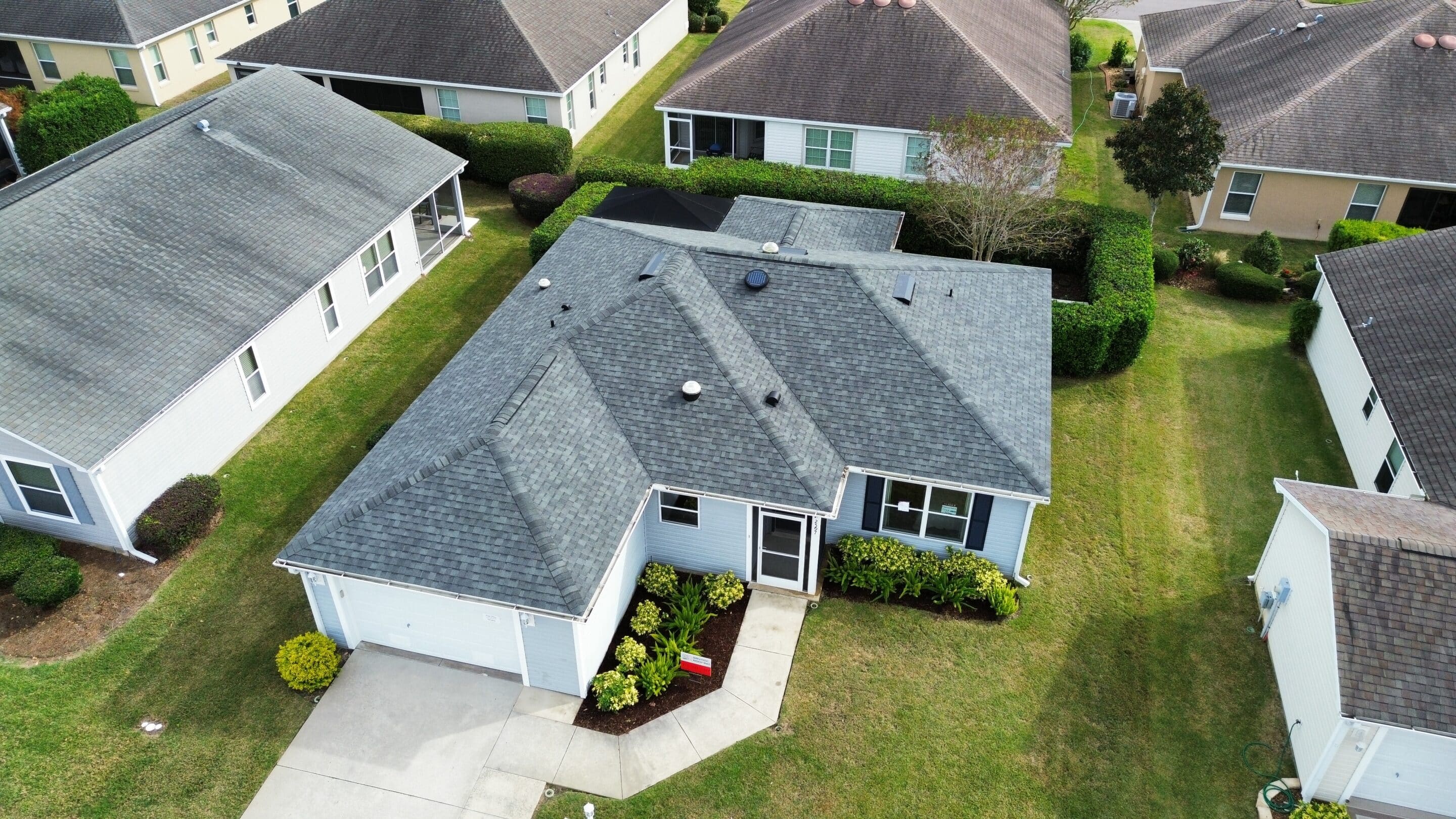
Why Medical Malpractice Demands Your Attention
Medical malpractice is not just a headline; it’s a harsh reality that affects thousands of lives every year. Imagine going to a healthcare professional expecting care, only to experience negligence that results in serious harm or even death. When medical standards are not met, a Medical Malpractice lawyer becomes your most crucial ally in navigating this complex landscape. These lawyers are the gatekeepers of justice, helping victims and their families secure compensation and hold negligent parties accountable. For those seeking to understand more about medical malpractice claimsr, this information is essential.
The Unseen Impact of Medical Malpractice
The consequences of medical malpractice are often severe, affecting not just the patient but their loved ones as well. From misdiagnosis to surgical errors, the ramifications can be life-changing. Here’s why medical malpractice matters:
- Permanent Injury: Many victims suffer irreversible damage, such as paralysis or brain injury, due to medical negligence.
- Financial Burden: The cost of ongoing medical care, coupled with lost wages, can be overwhelming.
- Emotional Trauma: The psychological impact on victims and their families cannot be overstated.
When the unthinkable happens, a Medical Malpractice Lawyer is your advocate, ensuring that justice is served and that negligent parties are held accountable.
Common Types of Medical Malpractice: What You Need to Know
Understanding the various types of medical malpractice is essential in identifying whether you or a loved one may have been a victim. Each type has its own set of consequences, and knowing them can guide you in seeking the help of a Medical Malpractice Lawyer.
Misdiagnosis and Delayed Diagnosis: The Silent Dangers
Misdiagnosis occurs when a healthcare professional incorrectly identifies a condition, while delayed diagnosis happens when there is a significant delay in diagnosing a medical issue. Both can lead to severe consequences:
- Wrong Treatment: A misdiagnosis often leads to inappropriate treatment, which can worsen the patient’s condition.
- Progression of Disease: Delayed diagnosis can allow a condition to progress unchecked, leading to more severe outcomes.
- Unnecessary Procedures: Patients may undergo unnecessary surgeries or treatments due to a misdiagnosis.
Seeking the expertise of a Medical Malpractice Lawyer is crucial if you suspect a diagnosis error has impacted your health. It’s crucial to consider the importance of expert medical advicer in similar situations.
Surgical Errors: When the Operating Room Becomes a Danger Zone
Surgical errors are among the most devastating types of medical malpractice. These errors can occur due to negligence or lack of proper care, leading to:
- Wrong-Site Surgery: Operating on the wrong part of the body is a catastrophic error with long-term consequences.
- Anesthesia Mishaps: Incorrect Administration of anesthesia can lead to severe complications or even death.
- Retained Surgical Instruments: Leaving instruments inside a patient can cause infections, additional surgeries, or worse.
A Medical Malpractice Lawyer is indispensable in these situations, guiding you through the legal process to ensure that your rights are protected.
Prescription Mistakes: The Hidden Threat in Your Medicine Cabinet
Prescription errors are more common than you might think, and they can have deadly consequences. These mistakes include:
- Incorrect Dosage: Too much or too little of a medication can lead to adverse reactions or treatment failure.
- Drug Interactions: Failure to consider other medications a patient is taking can result in harmful interactions.
- Wrong Medication: Administering the wrong drug can be fatal, especially in critical care situations.
If you’ve suffered due to a prescription error, a Medical Malpractice Lawyer can help you pursue compensation for your suffering.
The Role of a Medical Malpractice Lawyer in Your Fight for Justice
When faced with the aftermath of medical malpractice, knowing your legal options is crucial. A Medical Malpractice Lawyer plays a pivotal role in ensuring that justice is served.
How a Medical Malpractice Lawyer Evaluates Your Case
One of the first steps in pursuing a malpractice claim is a thorough evaluation of your case by a Medical Malpractice Lawyer. This process includes:
- Reviewing Medical Records: Your lawyer will meticulously review your medical records to identify any deviations from standard care.
- Consulting Medical Experts: A Medical Malpractice Lawyer often works with medical experts to assess whether negligence occurred.
- Determining Liability: Identifying who is liable, whether it’s a doctor, nurse, or hospital, is crucial in building a strong case.
Navigating the Complex Legal Process with a Medical Malpractice Lawyer
The legal process in a medical malpractice case is often intricate, but a Medical Malpractice Lawyer will guide you through each step:
- Filing the Claim: Your lawyer will handle the paperwork and ensure that your claim is filed within the legal time frame.
- Negotiating Settlements: Many cases are settled out of court. A skilled Medical Malpractice Lawyer will negotiate on your behalf to secure the best possible outcome.
- Going to Trial: If a settlement cannot be reached, your lawyer will represent you in court, presenting a compelling case to secure the compensation you deserve.
If you’re dealing with negligence in healthcarer, this could be a vital resource.
Additional Resources and FAQs: Empowering Yourself with Knowledge
To fully understand your rights and the role of a Medical Malpractice Lawyer, here are some common questions and answers:
FAQ: What Are My First Steps if I Suspect Medical Malpractice?
If you suspect medical malpractice, the first step is to consult a Medical Malpractice Lawyer immediately. Collect all relevant medical records and document any interactions with healthcare providers.
FAQ: How Do I Know If I Have a Valid Medical Malpractice Claim?
A Medical Malpractice Lawyer will help determine if your claim is valid by assessing whether the care you received deviated from accepted medical standards.
FAQ: What Compensation Can I Expect from a Medical Malpractice Lawsuit?
Compensation in a medical malpractice lawsuit can cover medical expenses, lost wages, pain and suffering, and in some cases, punitive damages. Your Medical Malpractice Lawyer will fight to ensure you receive the maximum compensation possible.
What Should I Look for When Choosing a Medical Malpractice Lawyer?
When choosing a Medical Malpractice Lawyer, look for someone with experience, a proven track record of success, and the ability to communicate effectively. Your lawyer should also have a strong network of medical experts who can provide testimony in your case.
Conclusion: Taking the Next Step with a Medical Malpractice Lawyer
Medical malpractice is a serious issue that can have lasting effects on your life. However, with the right Medical Malpractice Lawyer by your side, you can fight for justice and secure the compensation you deserve. Don’t let negligence go unpunished—take Action today and protect your rights. Understanding medical malpractice attorney can make a significant difference in your case.
